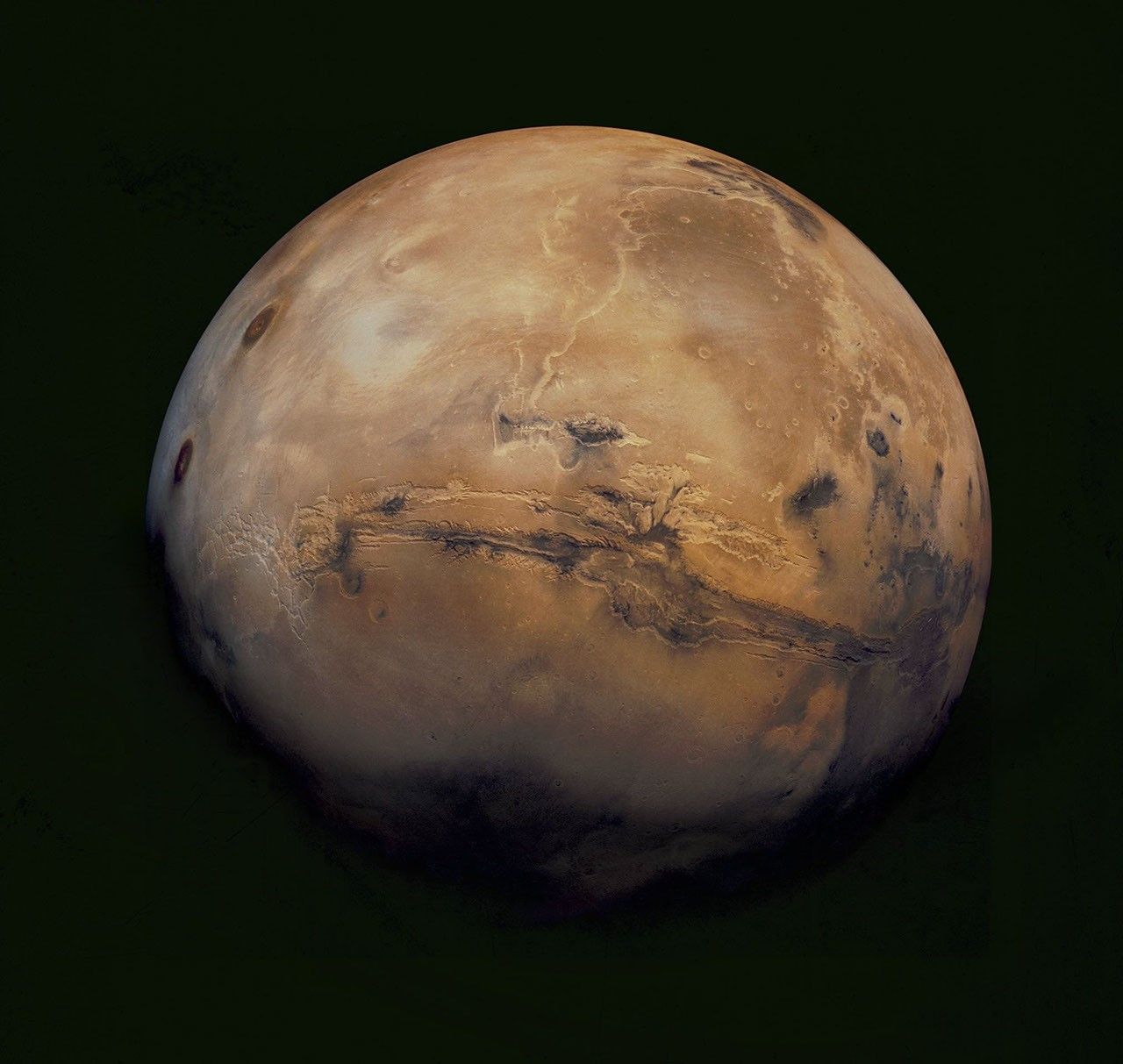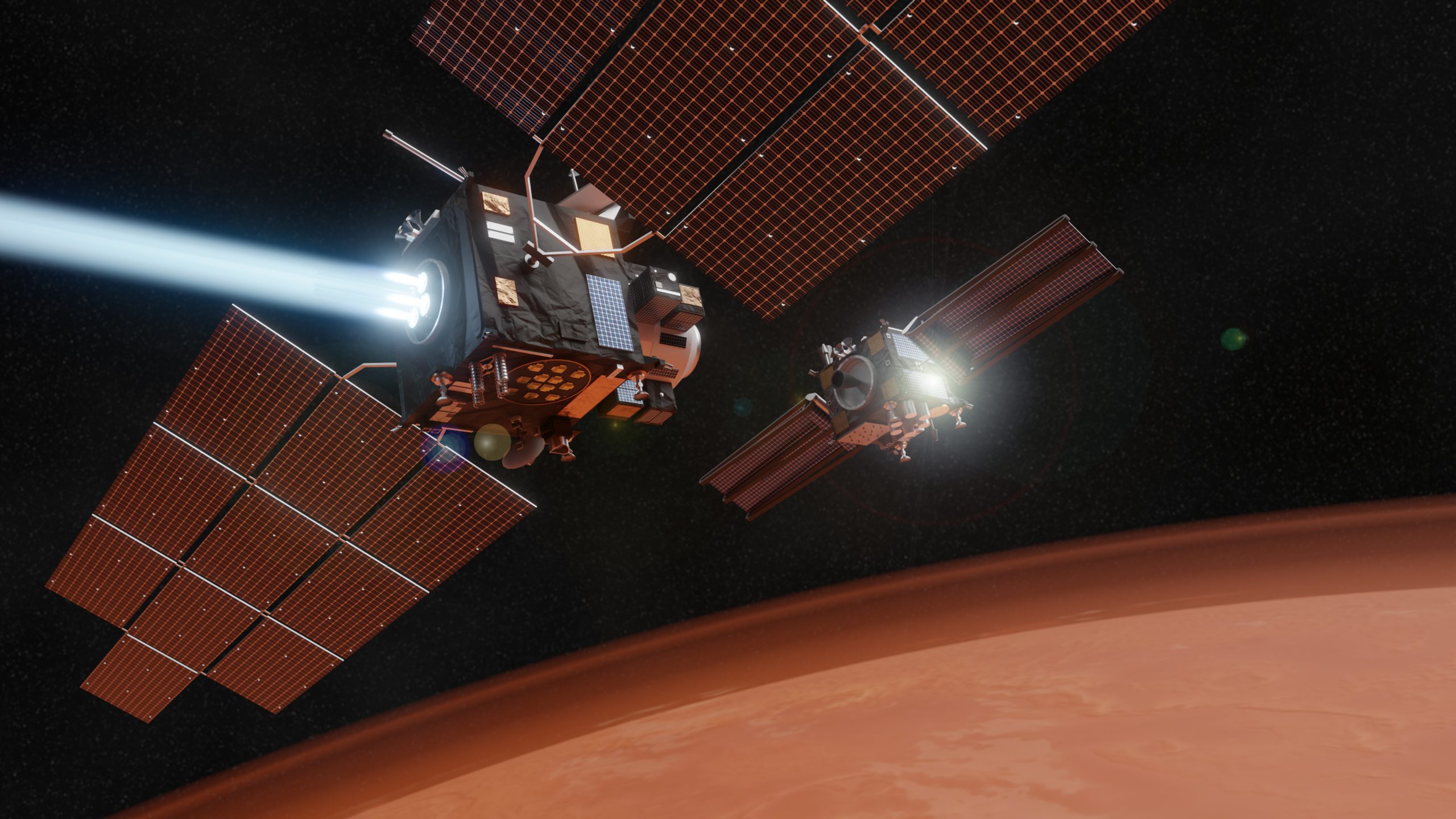As part of ESA’s LightShip initiative, four consortia will conduct independent parallel studies to define what a small low‑cost Mars satellite-platform could look like as a LightShip passenger.
A shuttle between orbits
Currently in the feasibility and definition stage, ESA’s LightShip propulsive tug, or interplanetary transfer service, takes away two of the constraints that would make low-cost missions to Mars extremely difficult – it provides the propulsion needed for its passenger spacecraft to transfer to Mars and enter Mars’ orbit, and hosts the Mars Communication and Navigation Infrastructure (MARCONI) offering a dedicated data relay service.
The four consortia – led by Argotec, Deimos Space, Politecnico di Milano with SITAEL, and Redwire respectively – will explore the potential of passenger spacecraft platforms that could be delivered to Mars by the LightShip propulsive tug. The studies are funded through the Preparation element of ESA’s Basic Activities.
Affordable access to Mars
“ESA’s LightShip concept aims to open up access to Mars for a wider community than is usually the case,” explains Claire Parfitt, Mars Exploration Study Team Lead in ESA’s Directorate of Human and Robotic Exploration and technical officer of the activity.
“It’s very exciting for us to be able to provide this opportunity, since building spacecraft for Mars missions is usually considered a task for large system integrators. Our member states asked for a wider participation in the exploration domain, and we’re really glad to have been able to help facilitate that. Moreover, the nature of LightShip is such that it makes us open to international partnerships as well.
“Normally, we look at the whole mission, which makes this study a little unusual – this time we are only focusing on the platform, without any payload. That’s because we really want to understand what the small and low-cost platform capabilities are in Europe and how they need to be modified for the Mars environment. The next step will be to start thinking at mission level.”

This mosaic of Mars is a compilation of images captured by the Viking Orbiter 1. Credits: NASA/JPL-Caltech
Mars and beyond
“This study fits in with the industrial Phase A/B1 for the LightShip-1 mission and will help to inform the passenger interfaces that will be needed. The Explore2040 strategy for future Mars missions starts with LightShip,” Claire adds. “In 2026, we plan to use the results from this study to investigate full exploration mission concepts. Those concepts could be future passenger candidates for LightShip.
“Our vision doesn’t stop there – in the main LightShip study, we are looking at use cases for missions to the Moon, asteroids, and other destinations too.”


Discussion: no comments